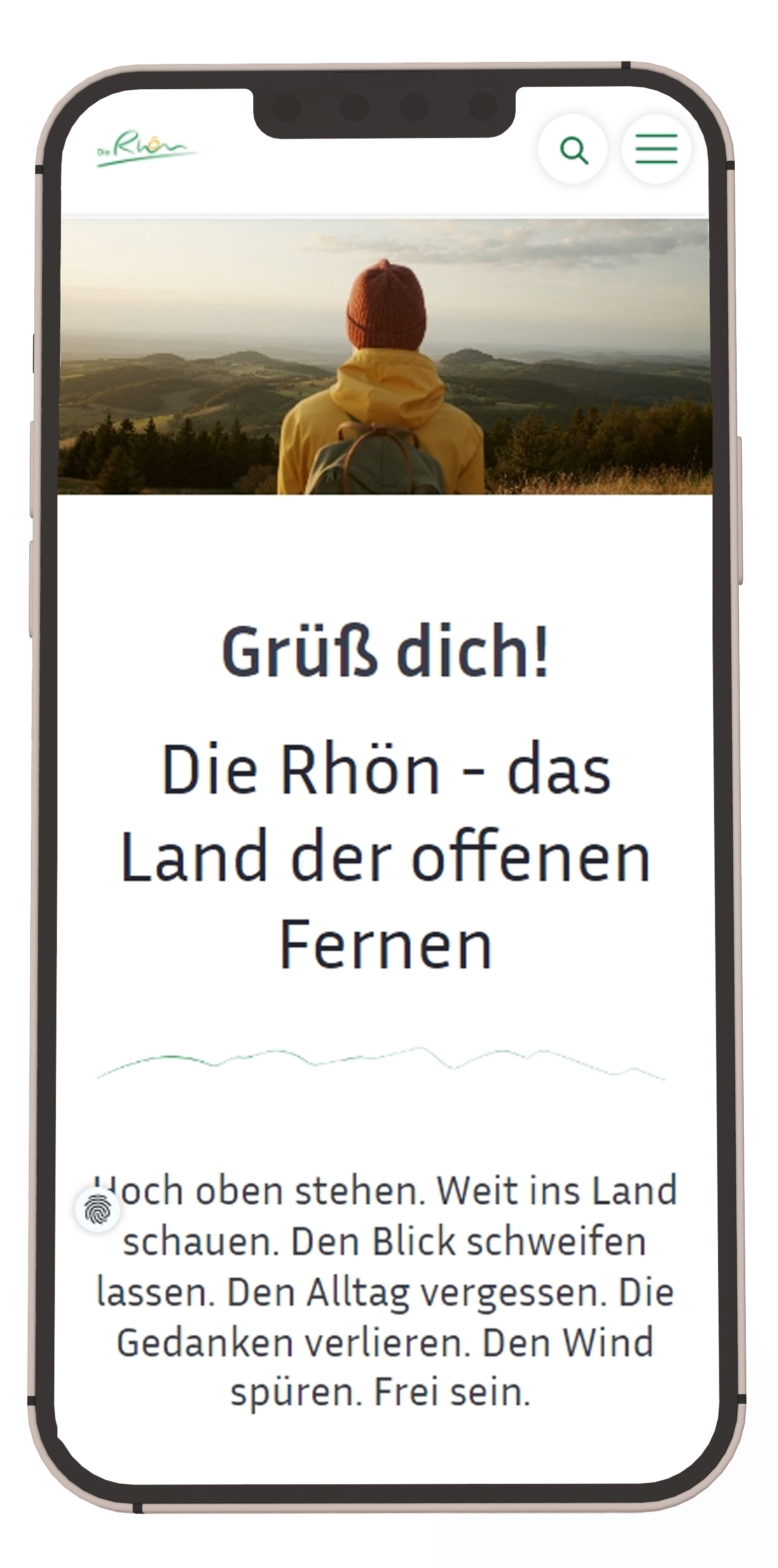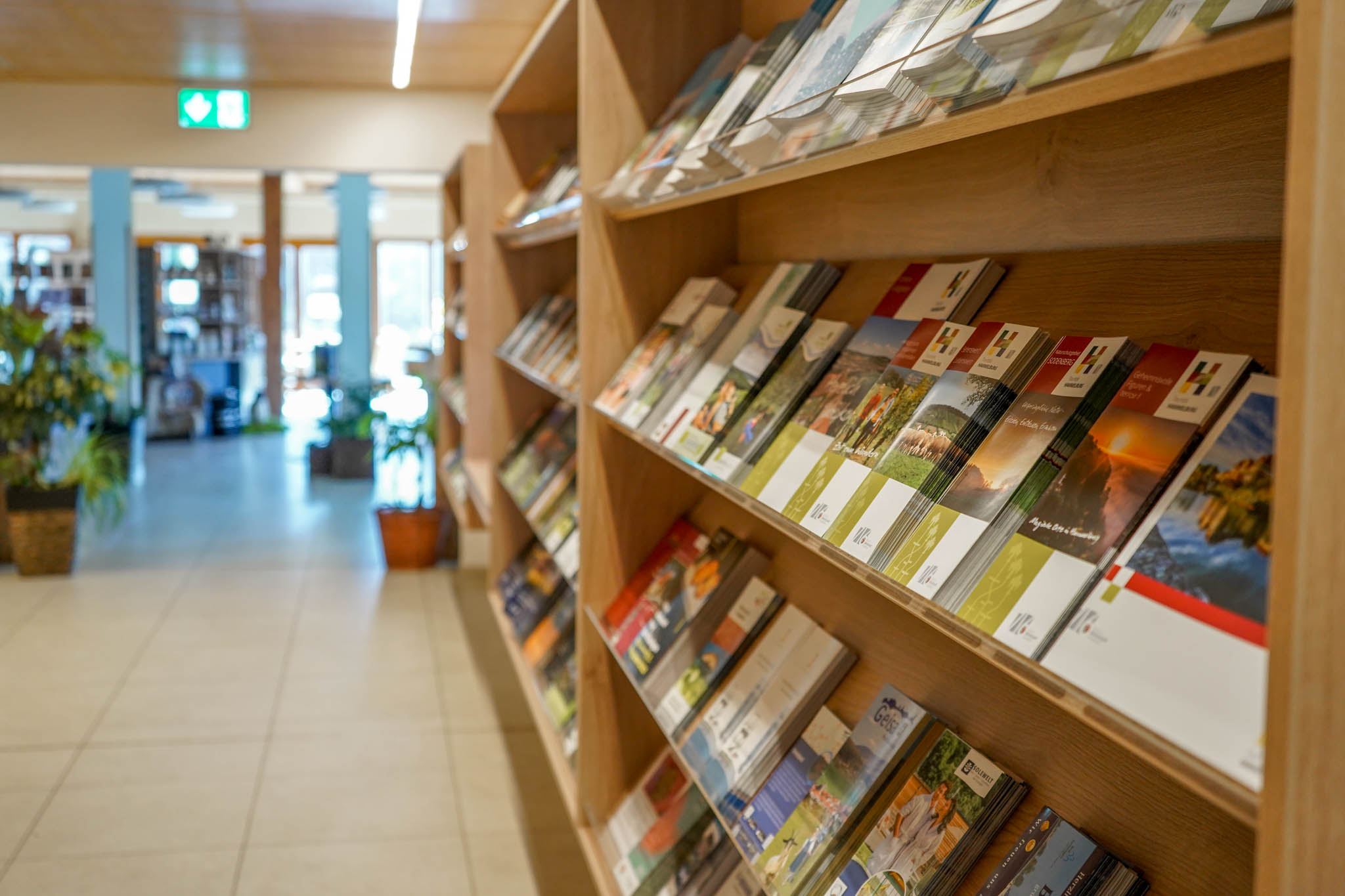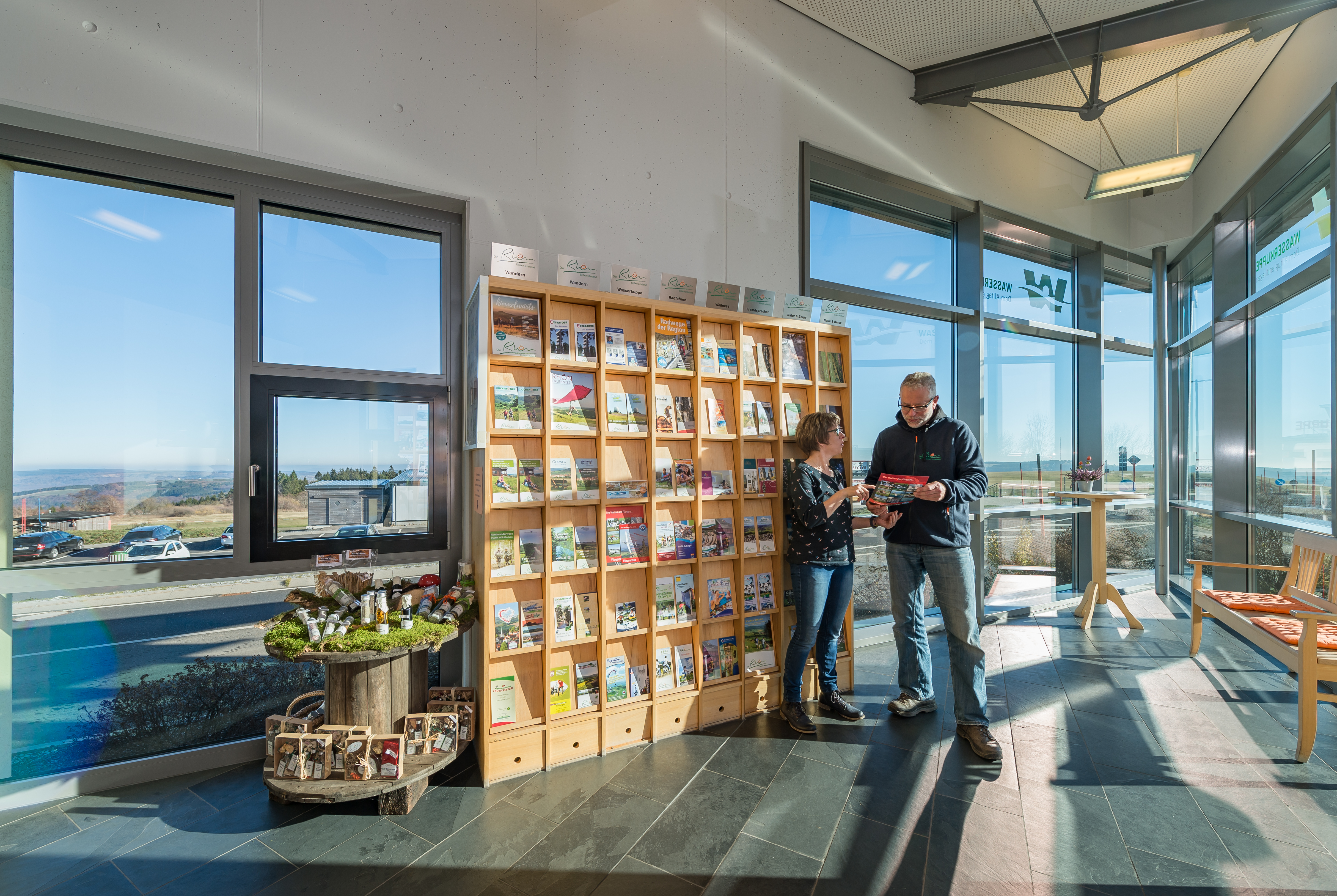Gerne schicken wir dir Rhöner Post mit viel Inspiration für deinen Urlaub.
Thuringian herb garden / Olitätenland
The 'Thuringian Herb Garden' is a forest region in the Thuringian Slate Mountains, situated on both sides of the middle reaches of the Schwarza and covering some 240 km².
Due to the special geological and topographical conditions, there is a great wealth of herbs in this area. In a very small area, the geological subsoil of the Olitätenland is made up of different types of rock from all periods of the earth. Differences in altitude and thus also climatic differences and the subsoil such as clay slate, greywacke, porphyry, quartzite, mottled sandstone, shell limestone are the basis for a rich flora and fauna, including rare and protected species.
These treasures under the earth and in front of the front door, from field, forest and meadow were already used by our ancestors for healing purposes and by selling them for a living.
As early as the beginning of the 17th century, small forest laboratories and family businesses were producing natural remedies, the so-called "Olitäten".
The name is derived from the Latin "Oleum" = oil, because oils, balsams and tinctures were produced from medicinal herbs and other natural substances.
This gradually developed into a separate line of business. The production and sale of olives became the most flourishing trade in the region, especially in the 18th and 19th centuries.
With the development of the medicinal villages in the former principalities of Schwarzburg-Rudolstadt and Schwarzburg-Sondershausen, the Schwarzburg Olitätenland was created.
The olitic traders, also known as hunchback pharmacists, organised the distribution of olives on foot far beyond Thuringia's and Germany's borders throughout Central Europe.
Thuringian herb garden / Olitätenland






























